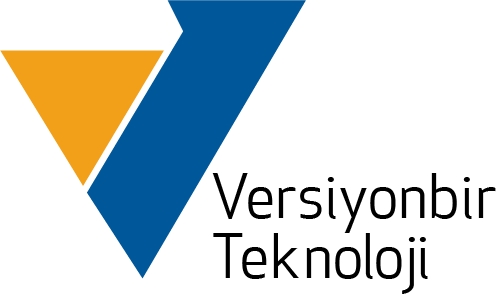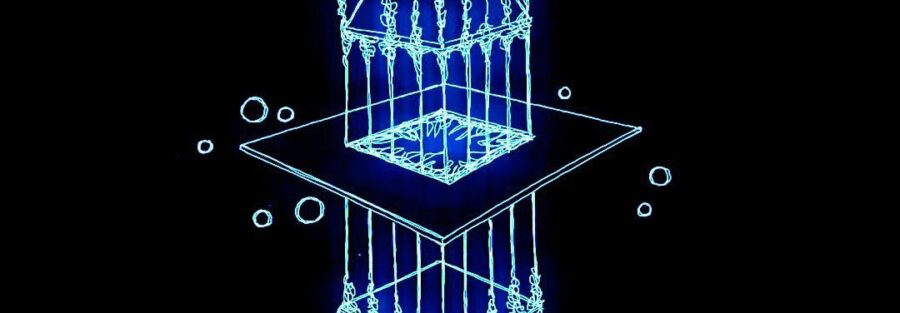Layer 2 is a solution designed to address scalability issues in blockchain technology. Rather than conducting transactions on the blockchain itself, Layer 2 operates on sidechains that are periodically merged with the main blockchain. These sidechains reduce the load on the main blockchain, enabling faster and lower-cost transactions.
Layer 2 operates on top of the backbone of the blockchain and can generally support different applications such as smart contracts or payment channels. For example, by creating a payment channel, transactions between two users can be performed directly on a sidechain and only the final transaction is sent to the blockchain. This reduces transaction fees and time, increasing scalability.
How Does it Work? To ensure similar security and decentralization, Layer 2 regularly communicates with Ethereum. No changes are necessary in the Layer 1 protocol (Ethereum), allowing Layer 1 to maintain security, data availability, and decentralization while enabling Layer 2 to scale. Layer 2s take the transaction load from Layer 1 and send completed proofs back to Layer 1, reducing the transaction load on Layer 1 and making everything more scalable.
There are many different types of Layer 2 technologies, including state channels, plasma, and rollups. State channels are particularly suitable for microtransactions and speed up transactions between two users. Plasma is designed for more complex transactions and allows for the creation of several different sidechains. Rollups ensure that transactions are verified by a single smart contract on a mainchain, allowing transactions to be completed faster and more cheaply.
State Channels: This technology covers transactions that occur between a group of users in a blockchain-based system. These transactions are conducted directly between users before being written to the blockchain network. This reduces transaction times and fees, increasing scalability.
Plasma: Plasma is a protocol built on a second layer of a blockchain network. This layer is built on top of the main blockchain network and is used to process transactions that require less security. This reduces the transaction load on the main blockchain network and lowers transaction fees.
Sidechains: This technology creates an independent blockchain network separate from the main blockchain network and conducts transactions on the sidechain network. This reduces the transaction load on the main blockchain network and speeds up transaction times.
The advantages of Layer 2 technologies include speeding up transactions, reducing costs, and increasing platform scalability. However, the use of these technologies also carries some risks. In particular, transactions on sidechains need to be properly verified for the security of the blockchain. Additionally, centralization of sidechains can jeopardize security.



